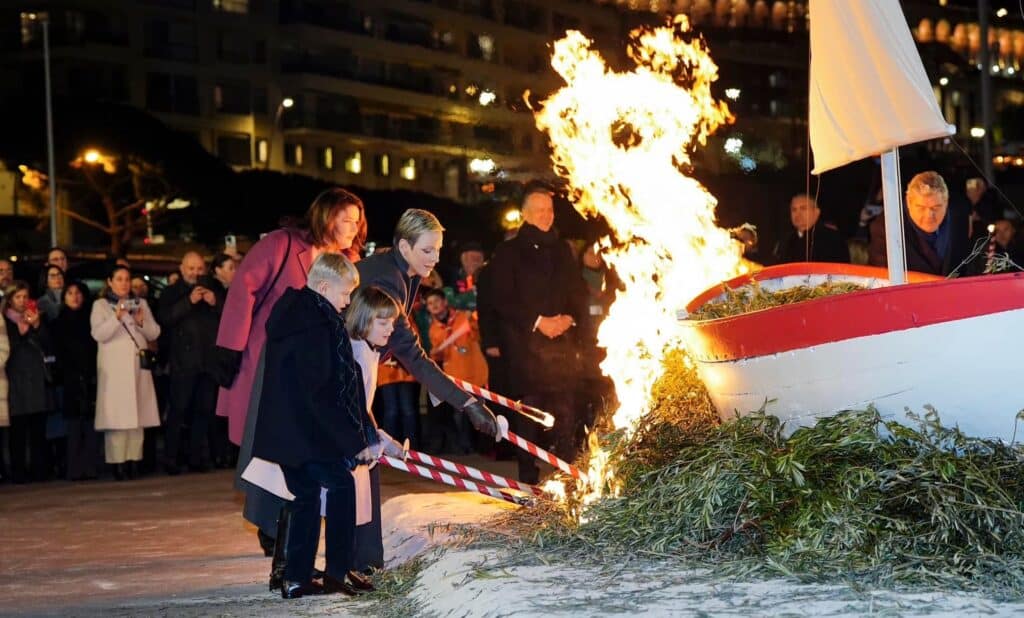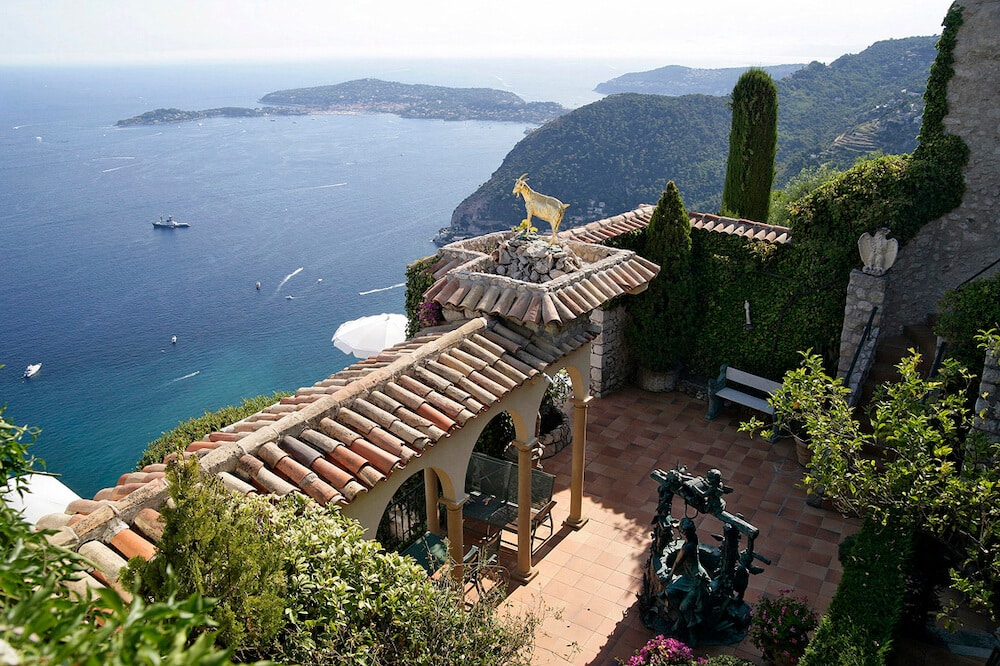Do you know the legends about Monaco?

As we celebrate Saint Devota, Monaco Tribune shares three stories to do with the Principality and its surrounds.
The legend of Saint Devota
The Principality celebrates Saint Devota this week. The “Legend of Saint Devota” is at the heart of Monaco’s history, recounting the life of Devota, a young Christian martyr whose body arrived in what would later be called Monaco, in a boat.

The tradition has been maintained every year since 1874: a boat, on its pyre, is burned in the presence of the Sovereign and the Princely Family. On Thursday evening, Princess Charlene, Princess Gabriella and Hereditary Prince Jacques all set the boat alight, in front of several hundred people, including many key Monegasque figures. A solemn moment, with the heat of the pyre and Corsican songs as an accompaniment.

As the boat smouldered, a drone show closed the evening. A new feature, organised by the Monaco Town Hall, added a final touch of magic by telling the story of Saint Devota, above the Prince’s Palace.
Virtue and Fortune in Monte Carlo
This legend is taken from the book entitled Nice et Monaco à travers les âges, Chroniques et Légendes, (Nice and Monaco through the ages, Chronicles and Legends) published in 1884 and written by Alexandre Lacoste, a Canadian lawyer, professor and politician.
Once upon a time, the Prince of Monaco was very unhappy, because the Principality was an arid land, and his subjects were terribly poor. One day, while out walking, the Prince spotted the motionless body of a young woman. She was blindfolded, her feet were bound, and she was dressed like the goddesses and matrons of ancient Greece. He had her taken to the most beautiful room in the Palace and cared for.
The next night, the woman sat up and said to the Prince: “Prince, I am Fortune. Touched by your woes, I want to try to mend them. However, I am not allowed to make you happy immediately by granting prosperity to your subjects (…) all I can do for you is to leave you a talisman which, if you know how to use it, will one day bring wealth to your little State by creating industry there.” She left him a simple wheel and disappeared.
The days went by and the fate of the Monegasques remained the same. Then one morning, a second-hand dealer came to Monaco and was received by the Prince. After much negotiation, the dealer’s interest was stirred by the wheel that Fortune had left behind. He offered the Prince an annuity that would ensure prosperity for Monaco, in exchange for the wheel. The Prince agreed.
The dealer was in fact a god: Plutus. With a wave of his wand, he made a magnificent palace with beautiful gardens. Thanks to Virtue and Industry, prosperity returned to Monaco as trade bore fruit. The wheel of Fortune had worked.
The Golden Goat
Are you familiar with the Hotel Château de la Chèvre d’Or (The Golden Goat Castle Hotel)? The excellent gourmet restaurant is located in Eze. But did you know that its name originates from a Provencal legend, set not far from Monaco?
To understand the origin of the Golden Goat, we need to dive into Provencal history. Provence was subjected to Saracen raids from 730 to 973. The Moors arrived from Spain and continued to move northwards. They settled there and plundered many places, collecting substantial spoils.

Under pressure from the King of Provence Conrad III, some Saracens took fright and thought about hiding their treasures. One of them, Abdelraman, hid his booty in a goat skin that he wanted to stow in the Val-d’Enfer caves, located in the Alpilles range.
Once there, the Saracen was guided by a goat to the Taven, a witch, who then challenged him to a special task. If he managed to defeat a monster, he could hide his treasure in the caves as he saw fit. Abdelraman, greedy for money and wealth, accepted. After two days and two nights of fighting, the Saracen and his opponent both died.
Some time later, Abdelraman’s acolytes saw a golden goat, from horn to hoof, coming out of the cave. The goat now guards the treasure of the Moors of Fraxinet. Some say you can see it, frolicking on the mountain ridges, leaving golden threads as it goes…












